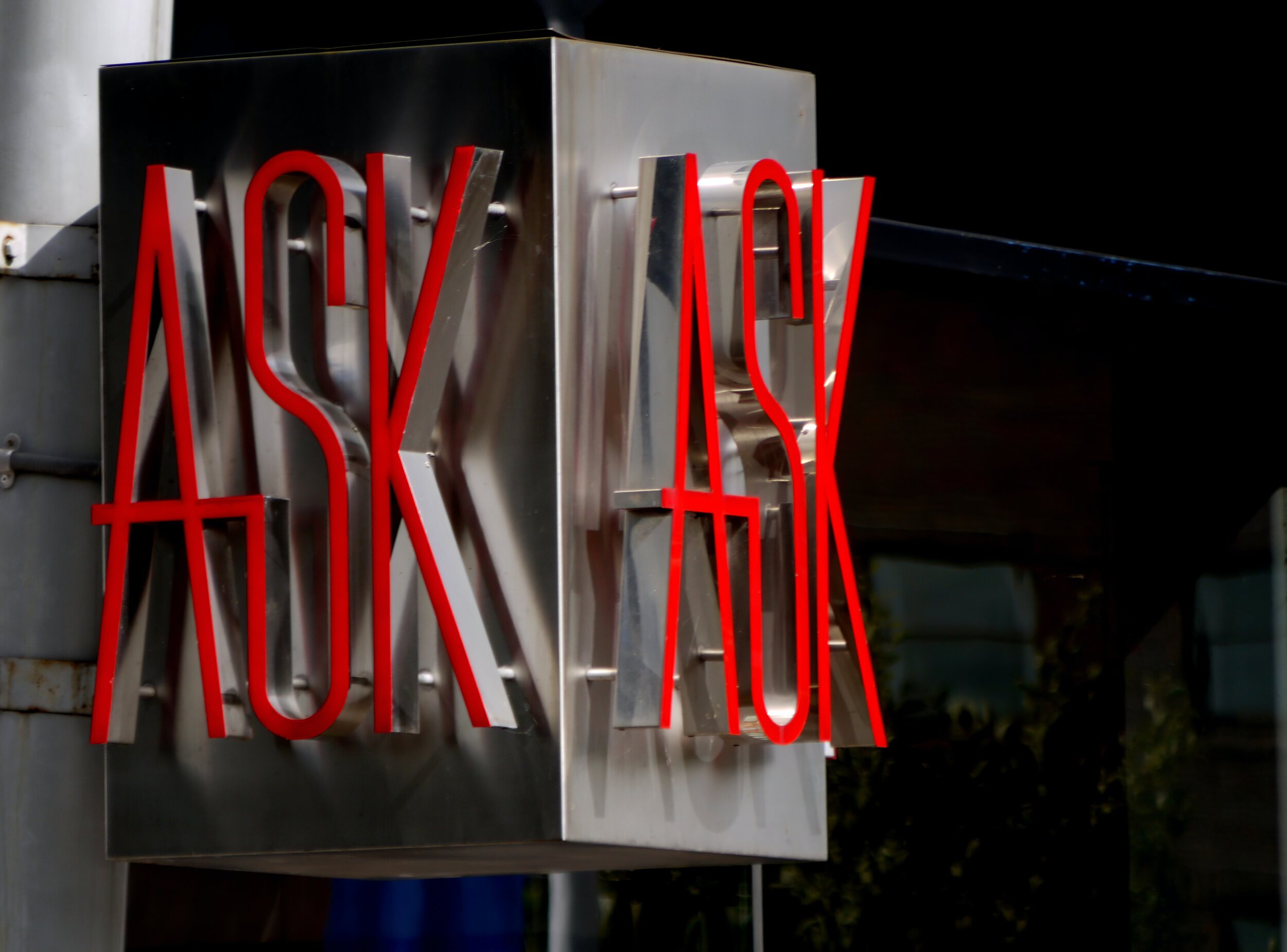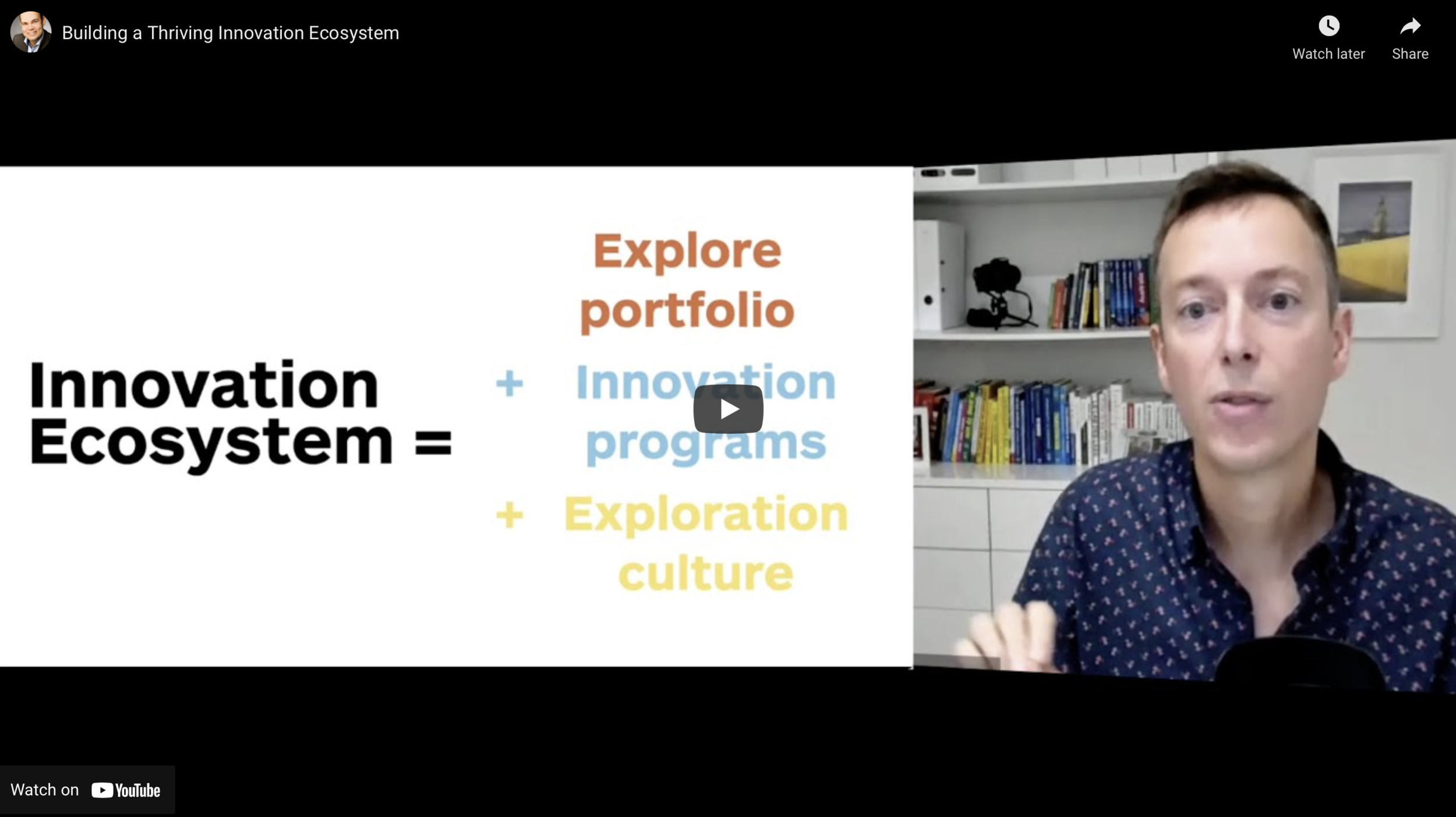How to choose the best possible design for your innovation organisation today?
When I assess innovation readiness in a company, I look at 3 critical areas: Innovation Practice, Leadership Support, and Organisational Design. This last one is almost always the area that got the less attention, and where the impact of design choices on innovation capability is not well understood.
But that might change soon, as I have seen interest for organisational design in the context of innovation grow significantly. Leaders now ask more precise and sophisticated questions such as: Should corporate innovation be centralised or decentralised? How much separation is required from the core business? Should corporate innovation be in a separate legal entity?
In this blogpost I want to explain my approach to finding the best possible organisational design for innovation in a company, starting with the key questions to answer, then how to lay out the different options and facilitate org design decisions by leaders.
In a recent post, Tendayi Viki and Lucy Luo shared the right organisational design to build a successful innovation pipeline, based on the ideas from The Invincible Company.
You might get lucky and be able to copy and paste that exact org design in your organisation. But in most cases there will be a need to first assess the context of the organisation, and then adapt the org design to fit that context.
So how could you do that?
Asking assessment questions
It all starts with questions. The three most important questions I ask before mapping org design options for corporate innovation are:
- What type of innovation are you after?
- What company resources will innovation teams need to access?
- Any tactical consideration to take into account?
Let’s go through them one by one.
What type of innovation are you after?
In The Invincible Company, we highlighted where each type of innovation lives, its natural “home”. That means that your corporate innovation org design choices should take into account the type of innovation you are after.
Source: The Invincible Company, Strategyzer
For instance, with corporate innovation fully decentralised and embedded in your business lines, innovation will gravitate towards efficiency innovation, attracted by the gravitational pull of the core business. In that scenario, you should be aware that transformative innovation will be close to impossible.
In the opposite scenario, with corporate innovation fully centralised and separated from business lines, transformative innovation becomes possible but handover to business lines and scaling could become more challenging. And pushback by business lines over precious resources wasted on explorations unrelated to core business should be anticipated.
So, make sure you understand the type of innovation leaders are after, and the balance of the different types of innovation they want to reach, before mapping org design options.
What company resources will innovation teams need to access?
Leaders of companies in highly regulated industries can be tempted to create a separate legal entity for their transformative innovation in order to create more leeway from rigid regulatory constraints. That org design choice would indeed create more freedom for innovation teams and a blank canvas to start from. But that also means that critical resources that the company could offer would no longer be available to those innovation teams.
Some of the most common key resources that accelerate teams on their innovation journey - if they can easily access them - include: existing customer base, IP, tech infrastructure, internal experts, etc.
So, make sure you understand what company resources would provide an advantage to innovation teams, and then map and assess org design options accordingly.
Any tactical consideration to take into account?
Building an innovation ecosystem is a long-term endeavour. One of my clients is an enthusiast chess player, and chess is a good metaphor of how to approach the development of an innovation ecosystem. A phased approach is often necessary that breaks down long-term objectives into short-term moves that acknowledge where the organisation is at, and how much change it can process.
For instance, you might sense that the dominant culture of the core business would suffocate corporate innovation if it was totally decentralised, and decide to build innovation capabilities centrally at first.
Or you might need support from a powerful stakeholder in a business line to approve your corporate innovation plan and decide to develop innovation in business lines first to get her support.
Those tactical elements are critical to understand.
Photo by ᴊᴀᴄʜʏᴍ ᴍɪᴄʜᴀʟ on Unsplash
Mapping org design options
Once the questioning phase has provided enough clarity then you can start laying out the pros and cons of the different options in an option table.
The list of possible options is very long, but typical scenarios could include:
Corporate innovation is fully centralised inside the company,
Corporate innovation is fully decentralised inside the company,
Hybrid model with transformative innovation centralised and sustaining innovation decentralised in business lines,
Corporate innovation is outside the company, in a separate legal entity.
Example of an option table
Making the best possible choice
As a conclusion, let’s acknowledge that there is no silver bullet, no ideal org design choice that works every time! To get the best possible design for corporate innovation in your company, start by deeply understanding and assessing the context, synthesise available options in an option table, and help key stakeholders align on the best trade-off, understanding the pros and cons of each option.
The decision on an org design for corporate innovation will undoubtedly come with a few risks attached. So, make those risks explicit for key stakeholders, and help them think of appropriate mitigations.
Whatever your choice, it is certainly not forever. Org design needs will evolve over time. So stay focused on this chess game and the next moves required as your innovation ecosystem evolves and matures over time.













